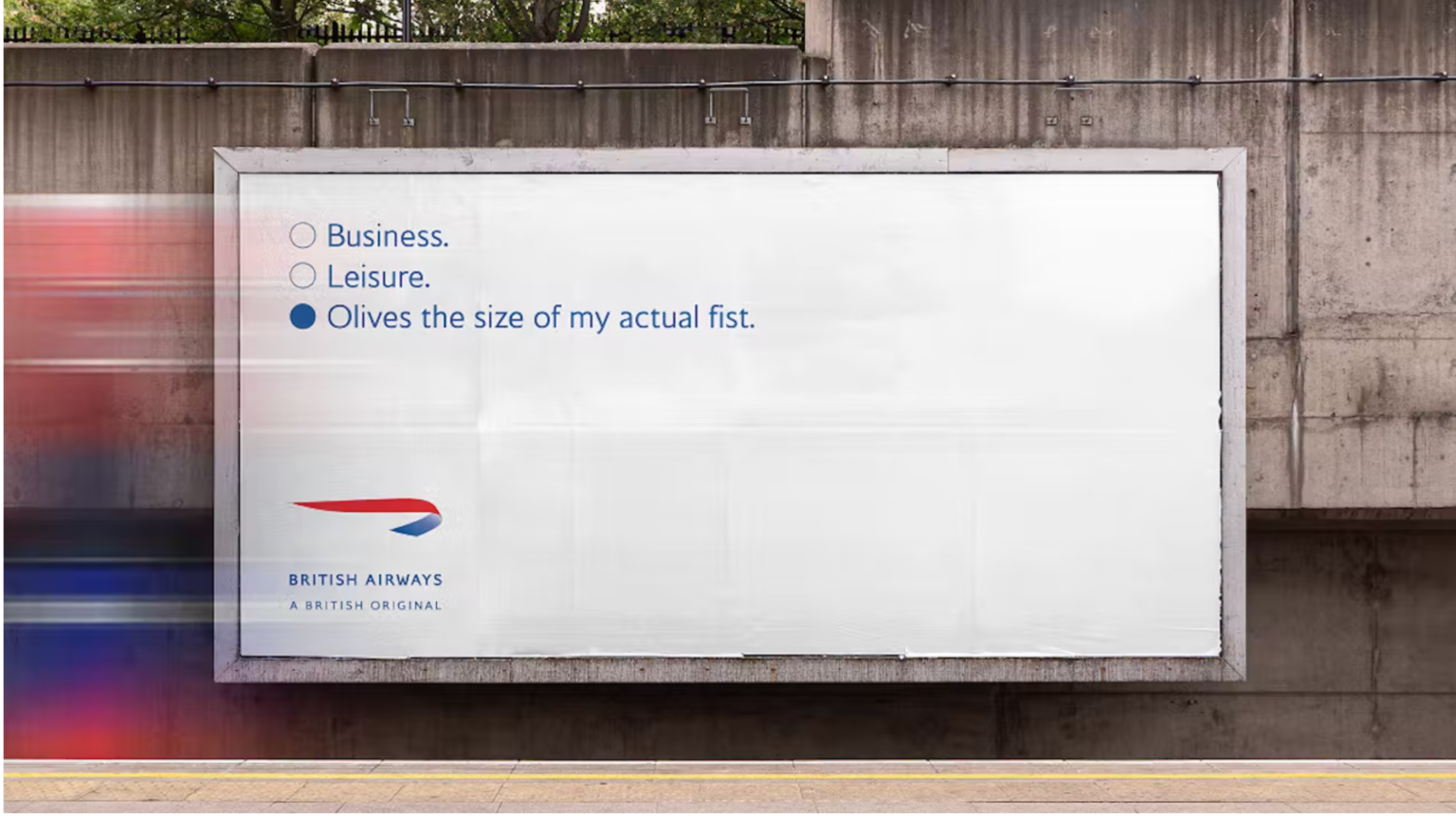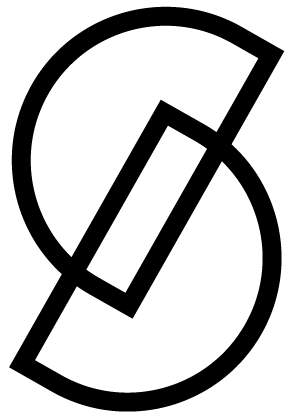In November 2020, Mondelez announced its new global marketing strategy: “to stop marketing and start humaning”. Naturally, the statement was attacked for being “abstract nonsense” by Marketing Week. But it wasn’t… Mondelez had identified a need to change its mindset and behaviours in order to better connect with consumers. Moving “beyond data-driven tactics and towards uncovering what unites us all”. There followed the launch of Oreo’s #ProudParent platform in the US, celebrating families of all kinds in partnership with LGBT+ charity PFLAG, as well as the Cadbury Dairy Milk UK’s ‘Donate your words’ campaign, aiming to combat loneliness among the elderly.
Mondelez is not alone in its efforts to humanise its business and its brands. Instead it is fast becoming a prerequisite across all sectors and organisations. The latest example to catch our eye was in luxury, with Patek Philippe humbly celebrating its people in their latest ‘Only Human’ campaign.

Image source: Patek Philippe, 2022. ‘Only Human’ campaign
What is driving humanisation?
Trust is being reimagined from the ground up as an emotional, personal and authentic human connection between a brand and its audience, one person at a time. Traditional, institutional and formal symbols of authority are tarnished. We are not fooled by the suit and tie, the debossed business card, swanky head office, the FTSE listing. We have seen how fake this can be.
Humanisation is a result of the effort to rebuild trust.
Meanwhile, technology has invaded all corners of our lives, bringing with it a plethora of social anxieties. We are ‘alone together’, feeling dislocated, isolated and powerless, our choices determined by an algorithm, run by giant global technology companies.
Humanisation is a reaction to the faceless corporation, the brutal logic of the machine – just as the Arts and Crafts movement was a response to the decline in ‘moral’ standards associated with the Industrial revolution.
The pandemic broke the fourth wall, the invisible, imaginary separation between actor and their audience. In those times, we were ‘all in it together’ – equally helpless in the face of a microscopic virus. Even the most powerful businesses had to adapt and improvise, making do with what they had, taking a less than perfect offer to consumers. For the first time, colleagues saw each other as they really were, in their homes. We have become more empathetic, more authentic and more fallible. And all the more human for it.

Image source: Uber, 2020. ‘Uber Stop Moving’ campaign
How to be a human brand
There are many ways to be human as a brand. It is by nature multi-faceted and diverse. Here are some examples of brands doing it well.
Purpose
Make a difference to the world. As humans we have values and ethics, brands should too. Understand your consumer and what matters to them – their needs, their beliefs, their aspirations. Let your reason for being be something to care about. Let this be the hand that guides your brand.

Image source: Airbnb, 2017. ‘We Accept’ campaign
People
Celebrate your people and your customers. Create a culture that reflects your brand purpose and allows your brand to shine honestly and brightly, from the inside out. Remember that each of your customers is unique – celebrate their individual stories and needs.

Image source: British Airways, 2022. ‘A British Original’ campaign
Character
Create a real and identifiable personality and communicate it through your tone of voice, your product philosophy, your day-to-day behaviours. Use your personality to stand out and to connect with your audience. Your personality needs to reach them personally. The less generic the better.

Image source: Marmite
Honesty
Fess up to mistakes. No human is perfect, so nor can a brand be. Consumers recognise and appreciate when a brand is honest, reveals imperfections and apologises for its mistakes. Value your relationship with your consumers and create real conversations. Are they happy? Listen to their responses and react.

Image source: KFC, 2018, ‘Our bad’ advert
Differentiation
The effort to humanise a brand ought to be a catalyst for differentiation.
It’s an opportunity to let the unique DNA of each brand and business to shine through. To reflect the diverse personalities and values of the people inside a business. To act with more authenticity. To be more real, more immediate and more honest. To speak with a unique voice.
But the opposite will happen if the effort to humanise is superficial and becomes an adopted posture. As an example, Innocent’s tone of voice was widely copied by its competitors and adjacent categories – this imitation did nothing for differentiation or authenticity.
Being more human needs to start from the inside.
Not by looking at the trends in a category or the actions of a competitor. It should start with key questions like, “Who are we? Who are we for? Why does the world need us? What do we believe in?”
It’s only human to wonder
Where will the drive to humanise brands and businesses end? Is it possible to be too human, too fallible, too imperfect? Too purposeful and not profitable enough? Will trust in the experts and the institutions continue to ebb away or will they reassert themselves? Will life without the fourth wall become too unpredictable for investors, too raw, personal and demanding for talent?
It’s impossible to say, but it’s only human to wonder.
Written by Emily Deacock and Hugh Roberts



